The all-new 2017 Mercedes-Benz E-Class is without a doubt the carmaker’s most important launch in 2016
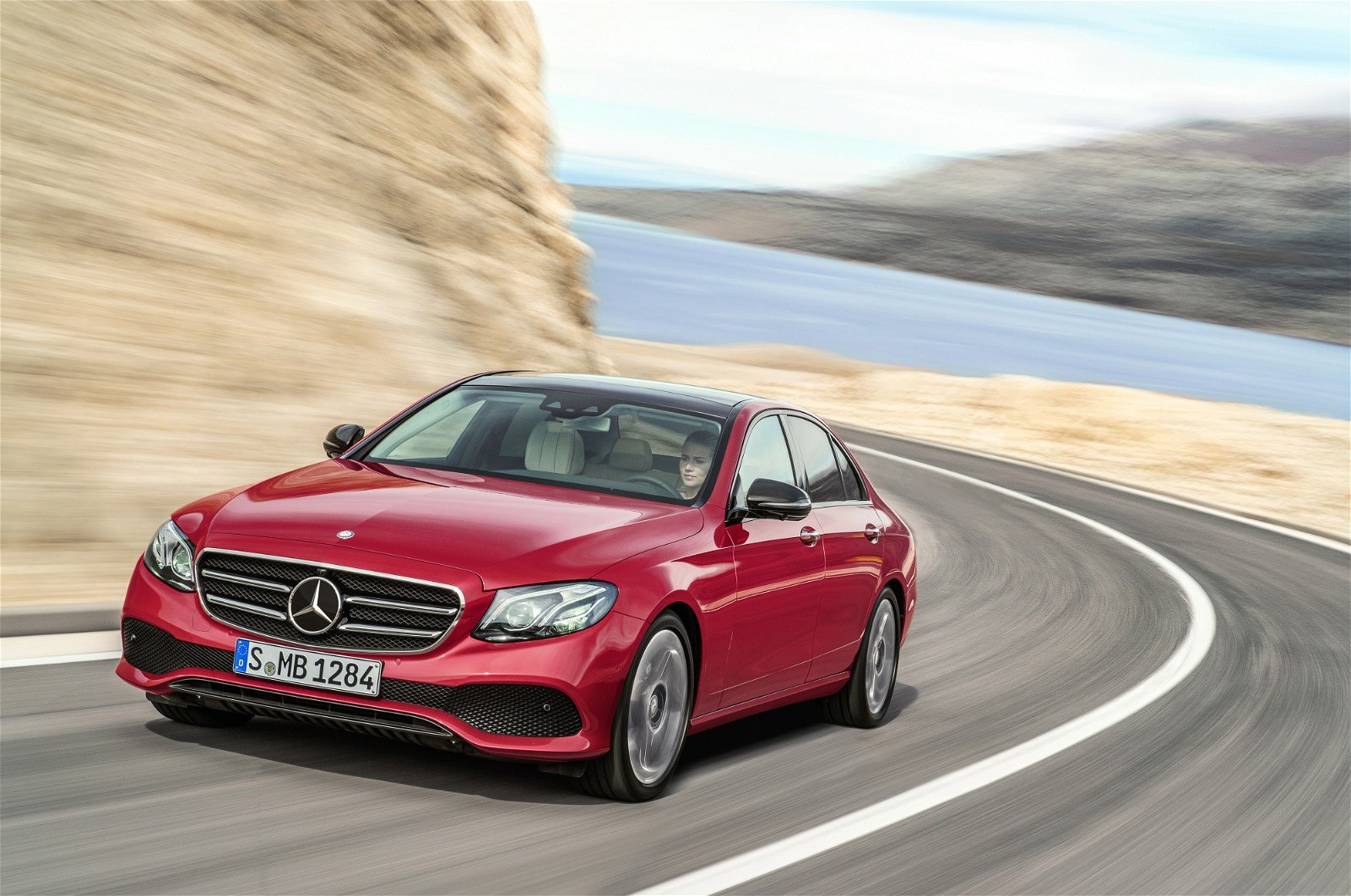

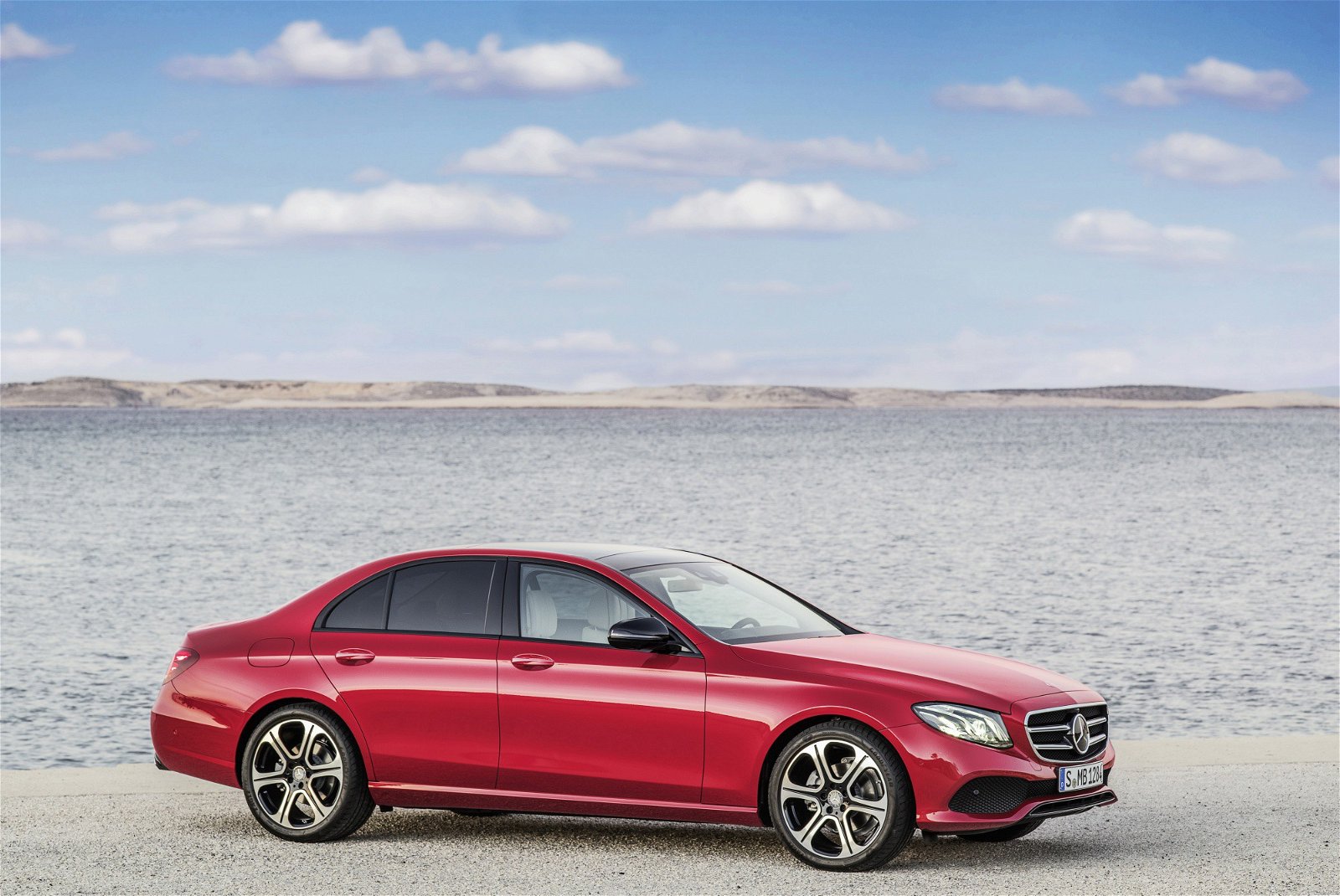
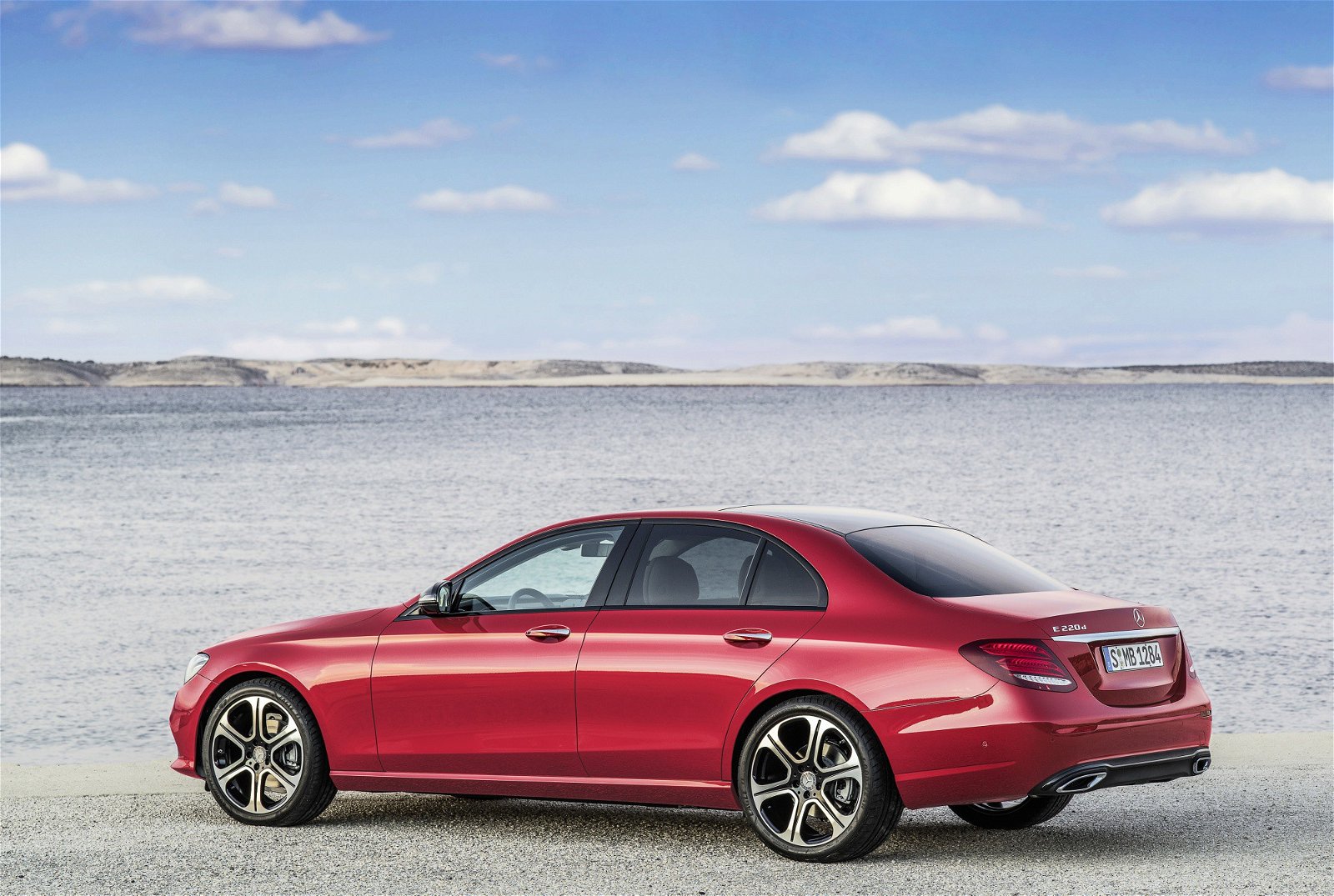
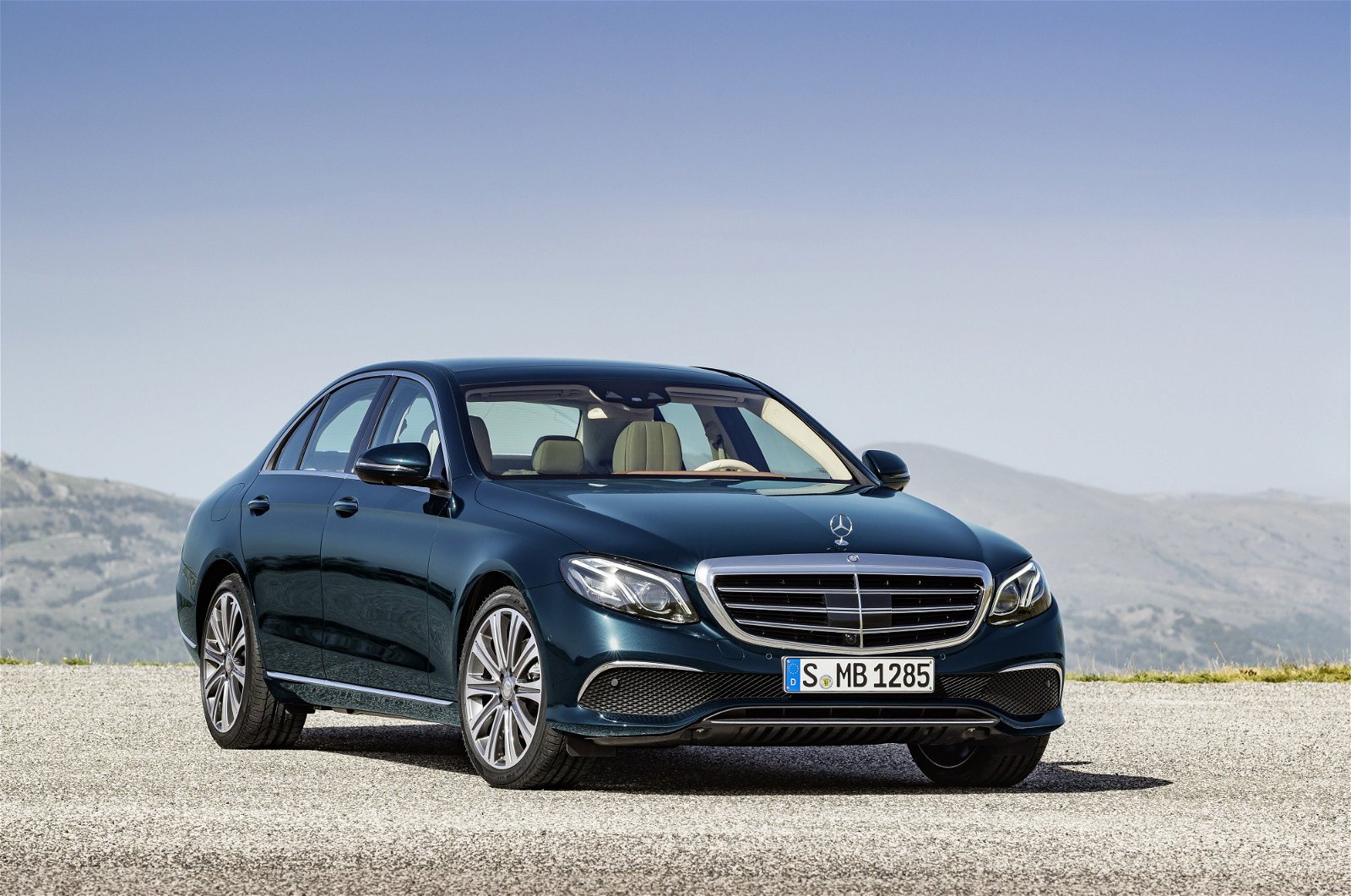
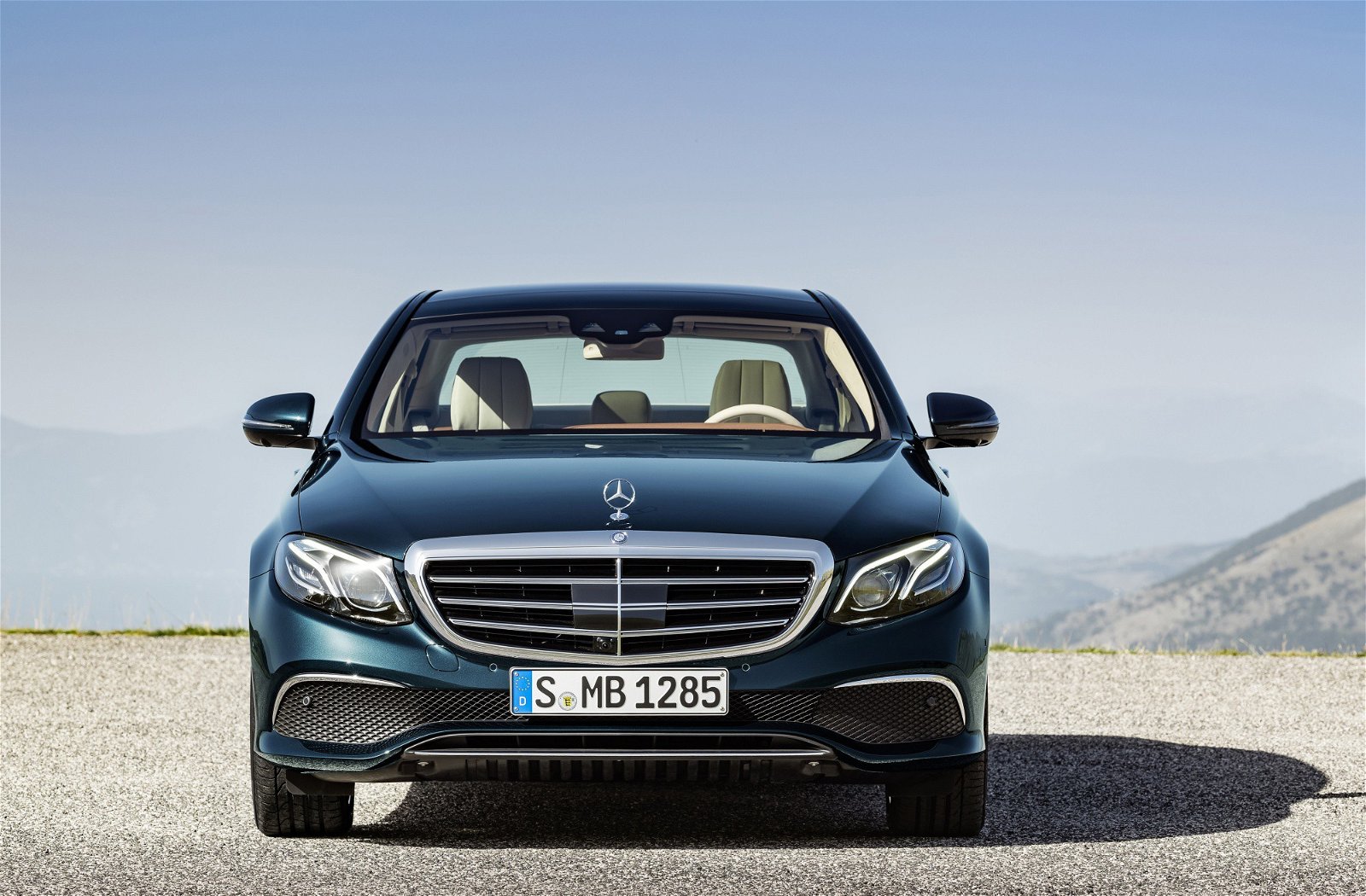
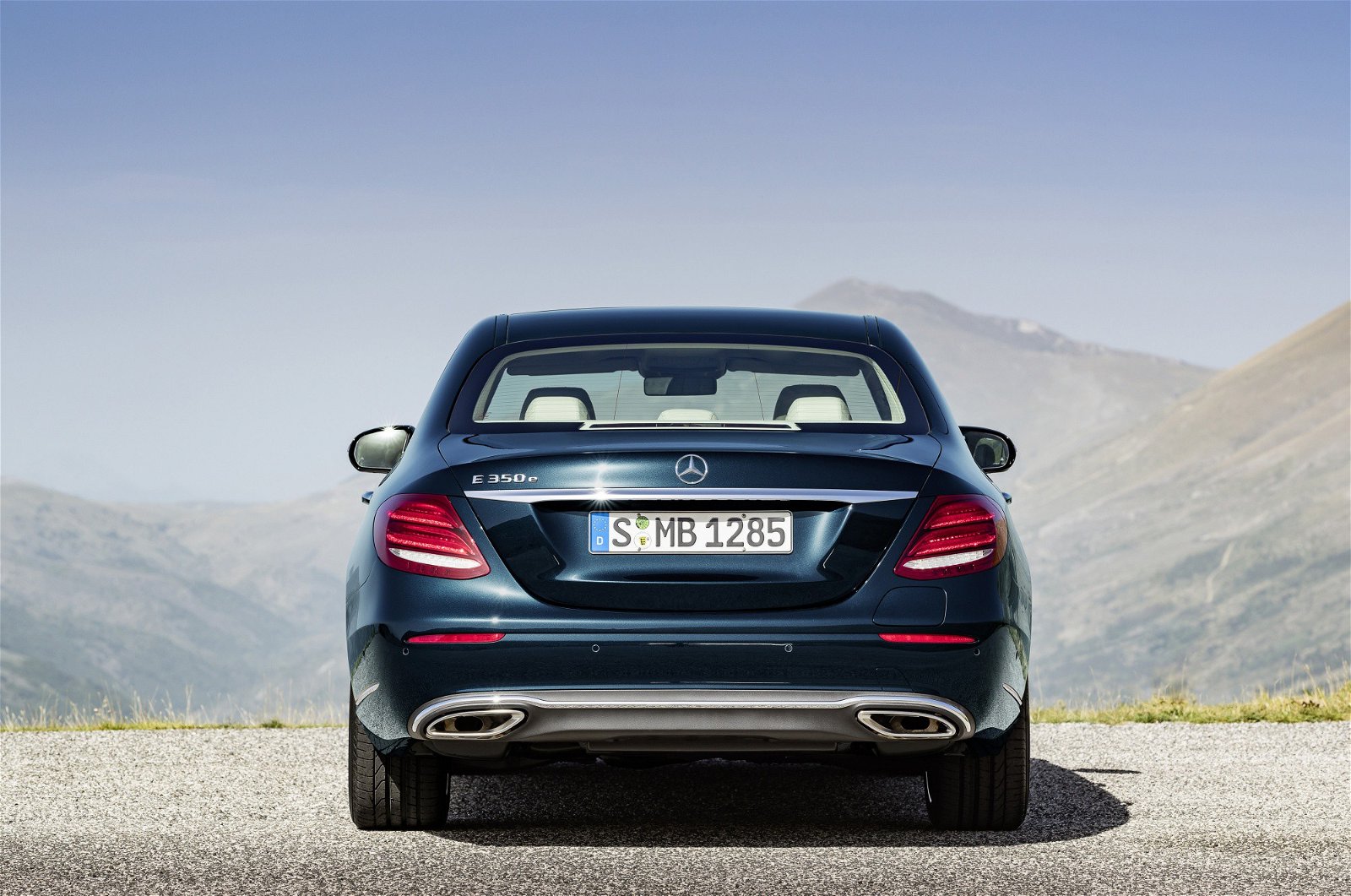
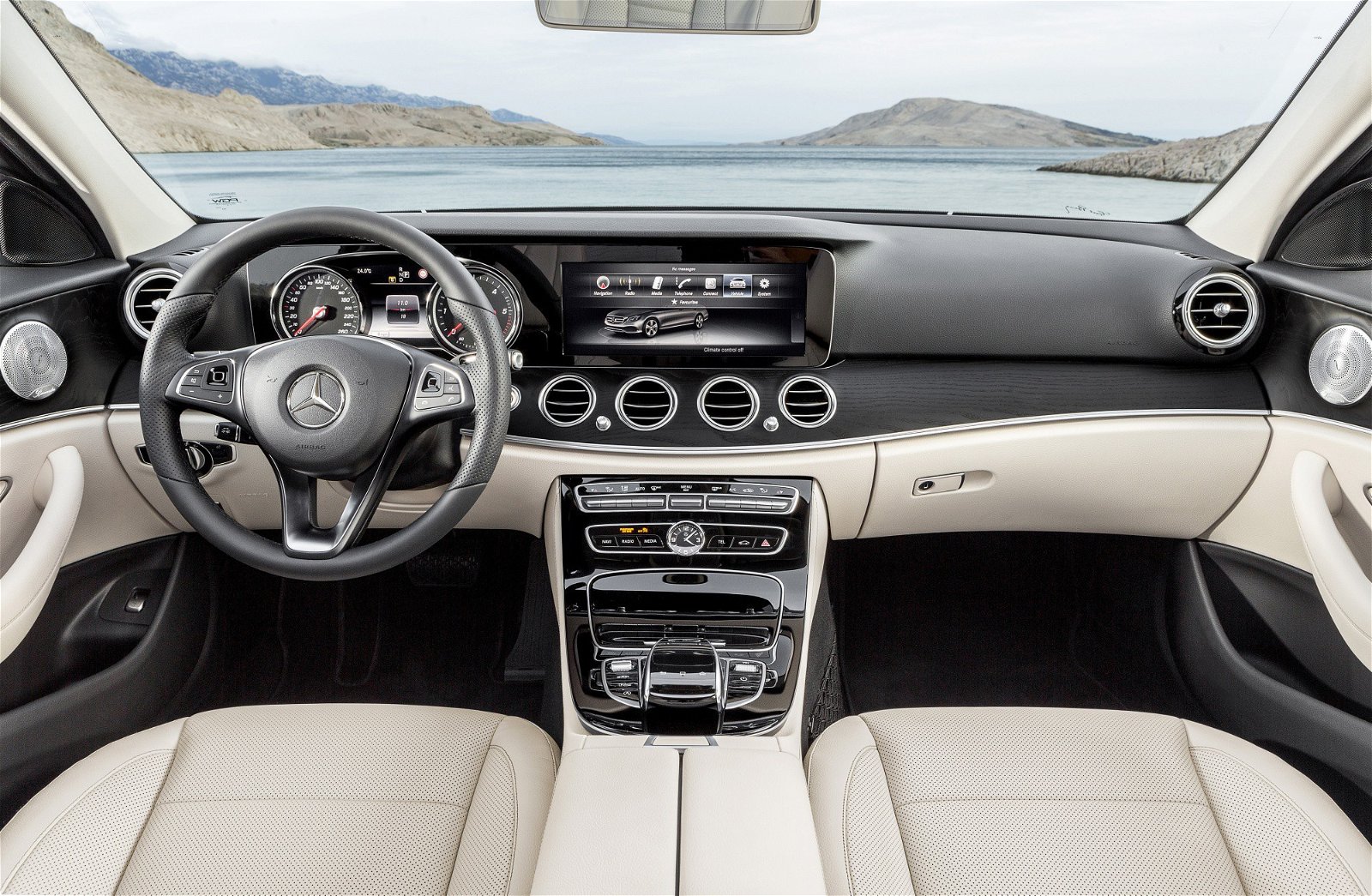
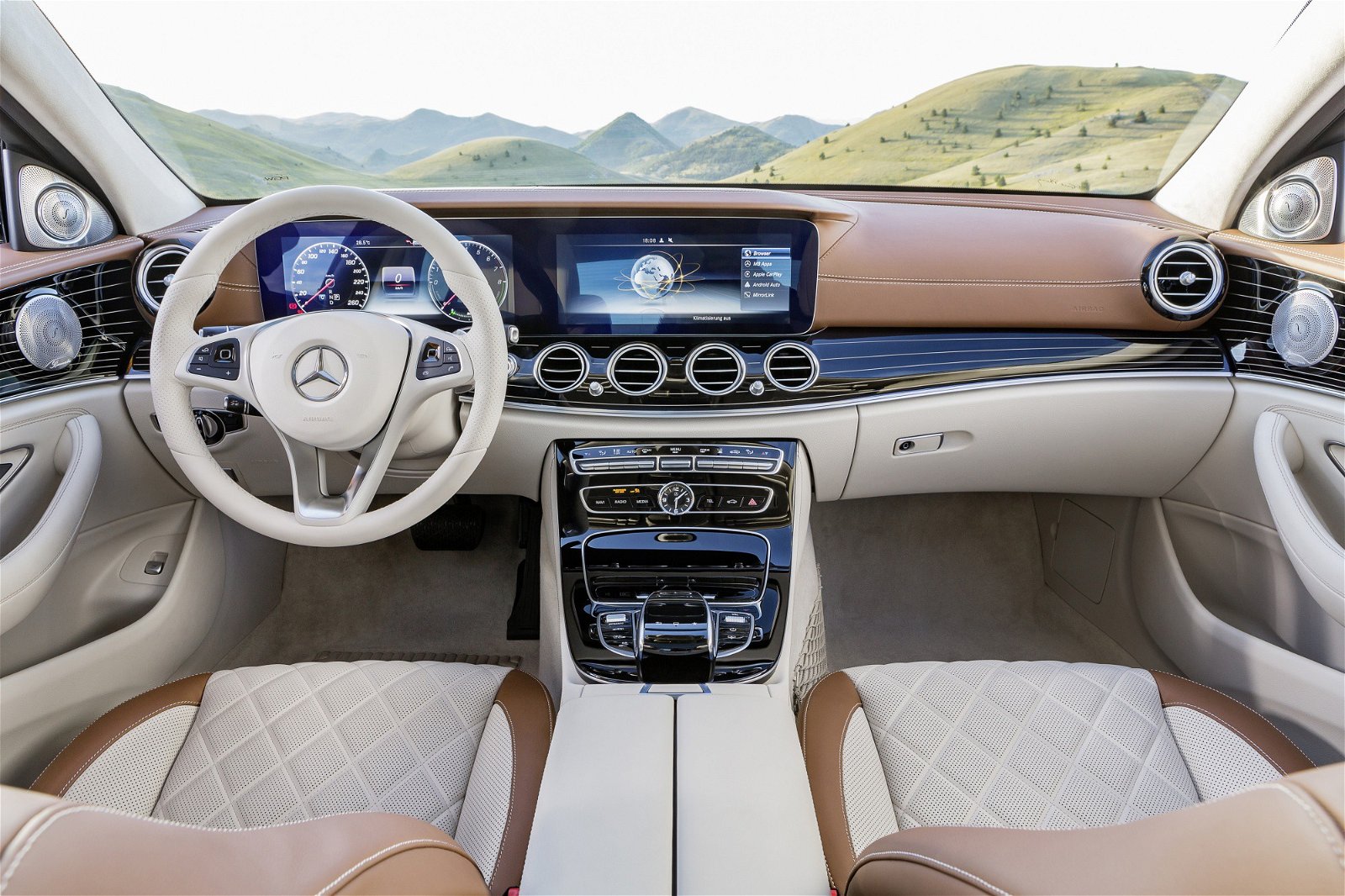
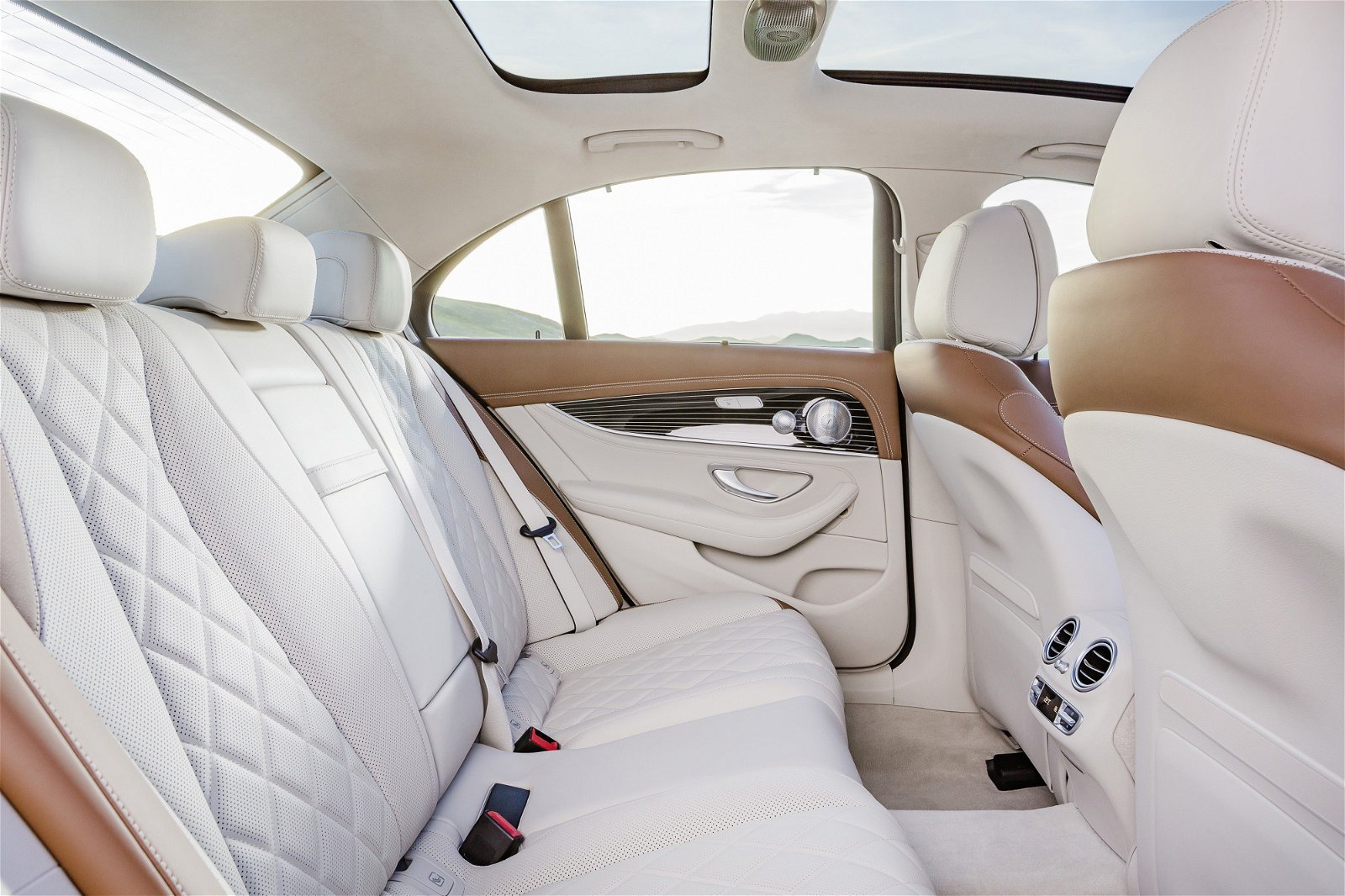
Unveiled at the Detroit Auto Show, the executive sedan combines new powertrains and technology with a familiar design. The tenth-generation executive sedan marks the debut of a series of technical innovations, including new driver assistance systems and an optional multi-chamber air suspension.
While the new generation E-Class differs significantly from its predecessor from a styling point of view, it resembles the current C-Class and S-Class models a lot. One could say that the E-Class looks like an enlarged C-Class on the outside and like a smaller S-Class on the inside.
Each trim level features distinct styling. The entry-level model sports the classic Mercedes radiator grille with the star on the bonnet. The Exclusive line has a similar design, albeit in a more elaborate fashion. The Avantgarde and AMG Line models get the sports grille with a large Mercedes star in the center.
The 2017 Mercedes-Benz E-Class is slightly bigger and lighter than its predecessor: it's 43 mm longer (4,923 mm) with a 65 mm extended wheelbase (2,939 mm), which means rear seat passengers have even more room than before. The interior is the most striking feature of the new model, thanks to an elegant mix of technology and luxury.
Optional extras include two next-generation high-resolution displays, each with a diagonal of 12.3 inches – first in this segment. Protected by a shared glass cover, the two displays visually combine into a wide-screen cockpit. The 2017 E-Class' steering wheel debuts touch-sensitive control buttons ("Touch Controls"). Similar to a smartphone interface, they respond to horizontal and vertical swiping movements, allowing drivers to access the infotainment system using finger swipes without having to take their hand off the steering wheel.
At launch, the all-new E-Class will come with a single engine option in the United States: the E 300 powered by a four-cylinder turbocharged 2.0-liter engine rated at 241 hp. In Europe, the E-Class will launch with two engines: the E 200 with an 184 PS four-cylinder gasoline engine and the E 220 d with an all-new 195 PS four-cylinder diesel. The latter is said to average as low as 3.9 l/100 km and emit 102 g/ km of CO2.
Later on, Mercedes-Benz will add the E 350 e plug-in hybrid with around 30 km of purely electric driving range. With a total system output of 279 PS and a system torque of 600 Nm, the E 350 e promises compact-class car fuel economy.
The most powerful diesel model will feature a six-cylinder unit with an output of 258 PS and a peak torque of 620 Nm. The top gasoline model (except AMG variants) will be the E 400 4Matic with a six-cylinder unit with a maximum output of 333 PS and a peak torque of 480 Nm. Further variants will include a new four-cylinder diesel unit with 150 PS.
All engines feature standard ECO start/stop function and the new 9G-Tronic nine-speed automatic transmission.
The 2017 E-Class comes fitted as standard with a steel suspension available with two Direct Control systems with selective damping (Comfort or Sport), as well as an optional Air Body Control multi-chamber air suspension (the only car in the segment to offer this type of suspension).
Standard driver assistance systems include Active Brake Assist, Attention Assist with adjustable sensitivity and Crosswind Assist, among others. The optional Driver Assistance package adds systems such as Drive Pilot (semi-autonomous driving), Active Brake Assist with cross-traffic function, Evasive Steering Assist, Remote Parking Pilot, as well as an array of other assistance systems.
